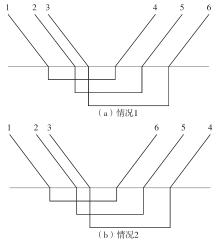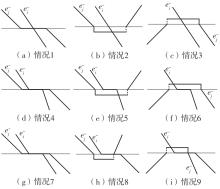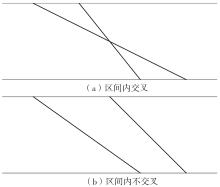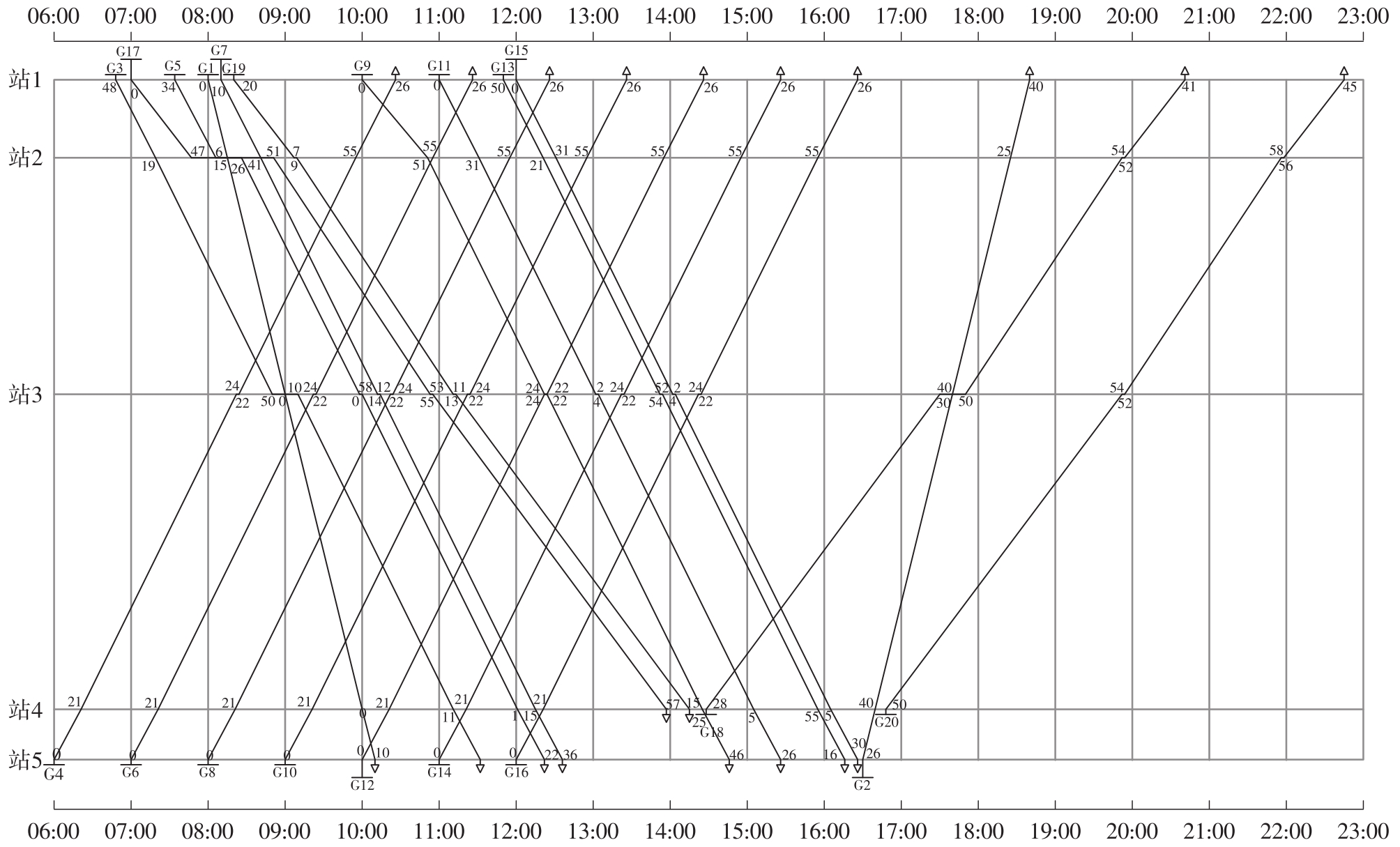| 1 |
兰泽康,何世伟,黎浩东,等 .考虑维修天窗和到发线数量的复线铁路列车运行图优化[J].北京交通大学学报,2018,42(3):30-36.
|
|
LAN Zekang, HE Shiwei, LI Haodong,et al .Optimization for double-track railway train timetable considering the maintenance skylight and the number of arrival-departure tracks [J].Journal of Beijing Jiaotong University,2018,42(3):30-36.
|
| 2 |
史峰,魏堂建,周文梁,等 .考虑动车组周转和到发线运用的高速铁路列车运行图优化方法[J].中国铁道科学,2012,33(2):107-114.
|
|
SHI Feng, WEI Tangjian, ZHOU Wenliang,et al .Optimization method for train diagram of High-speed railway considering the turnover of multiple Units and the Utilization of Arrival-Departure tracks [J].China Railway Science,2012,33(2):107-114.
|
| 3 |
TÖRNQUIST J, PERSSON J A .N-tracked railway traffic re-scheduling during disturbances[J].Transportation Research Part B: Methodological,2007,41(3):342-362.
|
| 4 |
ZHAN S, KROON L G, VEELENTURF L P,et al .Real-time high-speed train rescheduling in case of a complete blockage[J].Transportation Research Part B:Methodological,2015,78:182-201.
|
| 5 |
郑亚晶,李耀辉,靳文舟 .考虑重联和空车回送的动车组周转优化研究[J].华南理工大学学报(自然科学版),2021,49(4):80-89.
|
|
ZHENG Yajing, LI Yaohui, JIN Wenzhou .Study on the optimization of EMU Turnover with considering reconnection and empty return[J].Journal of South China University of Technology (Natural Science Edition),2021,49(4):80-89.
|
| 6 |
王斌,黄玲,郑亚晶,等 .动车组周转和到发线运用方案的综合优化研究[J].交通运输系统工程与信息, 2018, 18(3): 175-181.
|
|
WANG Bin, HUANG Ling, ZHENG Yajing,et al .Comprehensive optimization for turnover of multiple units and utilization of arrival-departure track[J].Journal of Transportation Systems Engineering and Information Technology,2018,18(3):175-181.
|
| 7 |
张琴,朱晓宁,王力,等 .高铁列车运行图和到发线分配的协同编制方法[J].北京交通大学学报,2021,45(1):16-22.
|
|
ZHANG Qin, ZHU Xiaoning, WANG Li,et al .Integrated generation method of train timetabling and arrival-departure track allocation in high-speed railway network[J].Journal of Beijing Jiaotong University,2021,45(1):16-22.
|
| 8 |
彭其渊,王超宇,鲁工圆 .基于到发线运用方案的列车到达追踪间隔时间压缩方法及仿真研究[J].中国铁道科学,2020,41(2):131-138.
|
|
PENG Qiyuan, WANG Chaoyu, LU Gongyuan. Compression method and simulation of train arrival interval based on utilization of arrival-departure track [J].China Railway Science,2020,41(2):131-138.
|
| 9 |
铁单奕嘉,聂磊,乐逸祥,等 .周期模式下高速铁路车站到发线运用优化模型研究[J].铁道学报,2022,44(8):1-13.
|
|
SHAN Yijia, NIE Lei, YUE Yixiang,et al .Optimization of station track utilization for high-speed railway under periodic timetable [J].Journal of the China Railway Society,2022,44(8):1-13.
|
| 10 |
铁路车站及枢纽设计规范: [S].
|
| 11 |
方华 .高速铁路公交化运营条件下到发线规模优化配置[J].交通运输工程与信息学报,2014,12(1):48-54.
|
|
FANG Hua .Configuration optimization of arrival-departure track scale under the Bus-type operation of high speed rail[J].Journal of Transportation Engineering and Information,2014,12(1):48-54.
|
| 12 |
李伟冬,张霞 .大型客运站到发线数量计算研究[J].科学之友,2009,7(20):105-106.
|
|
LI Weidong, ZHANG Xia .Research of large-scale passenger depot to sends the line number quantity computation[J].Friend of Science Amateurs,2009,7(20):105-106.
|
| 13 |
朱健梅,闫海峰,周勇 .既有复线区段快速列车越行站的布局研究[J].西南交通大学学报,2002,37(3):299-304.
|
|
ZHU Jianmei, YAN Haifeng, ZHOU Yong .An investigation onlayout of overtaking stations for express trains along existingdouble track railways[J].Journal of Southwest Jiaotong University,2002,37(3):299-304.
|
| 14 |
闫海峰,彭其渊,包维民 .单线铁路会让站到发线数量的研究[J].西南交通大学学报,2002,37(4):434-438.
|
|
YAN Haifeng, PENG Qiyuan, BAO Weimin. Rational number of arrival and departure tracks in passing stations along singletrack railway[J].Journal of Southwest Jiaotong University,2002,37(4):434-438.
|
| 15 |
YANG Lixing, QI Jianguo, LI Shukai,et al .Collaborative optimization for train scheduling and train stop planning on highspeed railways[J].Omega,2016(64):57-76.
|
| 16 |
XU Yan, JIA Bin, GHIASI A M,et al .Train routing and timetabling problem for heterogeneous train traffic with switchable scheduling rules[J].Transportation Research Part C:Emerging Technologies,2017,84:196-218.
|
| 17 |
QI Jianguo, YANG Lixing, GAO Yuan,et al .Integrated multi-track station layout design and train scheduling models on railway corridors[J].Transportation Research Part C:Emerging Technologies,2016,69:91-119.
|
| 18 |
陈龙,朱昌锋,刘道宽 .双线铁路中间站到发线数量配置研究[J].交通信息与安全,2020,38(4):42-49,83.
|
|
CHEN Long, ZHU Changfeng, LIU Daokuan. Configuration Study for the Number of Arrival-departure Tracks in Intermediate Station Along Double-track Railways [J].Journal of Transport Information and Safety,2020,38(4):42-49,83.
|
| 19 |
史峰,胡安洲 .机车周转图的线性配置算法[J].铁道学报,1996,18(4):18-24.
|
|
SHI Feng, HU Anzhou .A linear algorithm to deploy a locomotive circulating diagram[J].Journal of the China Railway Society,1996,18(4):18-24.
|









